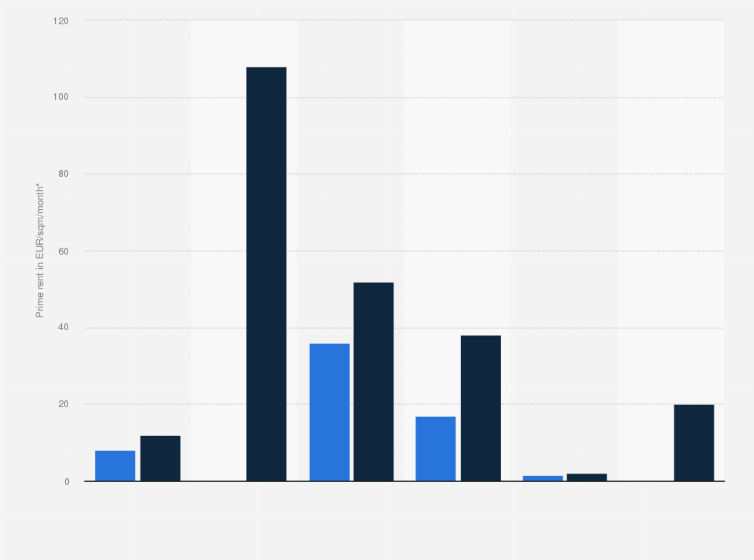
Prime retail rents in Poland 2022, by city
Prime rents and service charges offered in retail parks and convenience centers in Poland were incomparably lower than those in shopping centers in the first half of 2022. The highest rents in shopping centers were recorded in Warsaw, up to 108 euros per square meter per month.












